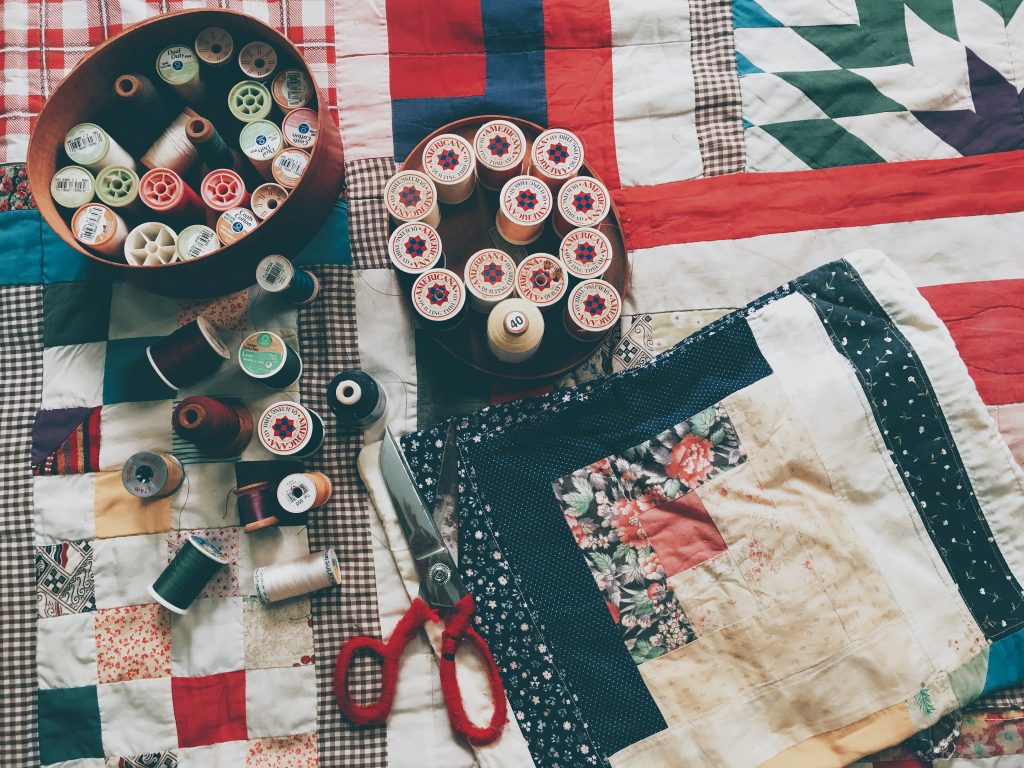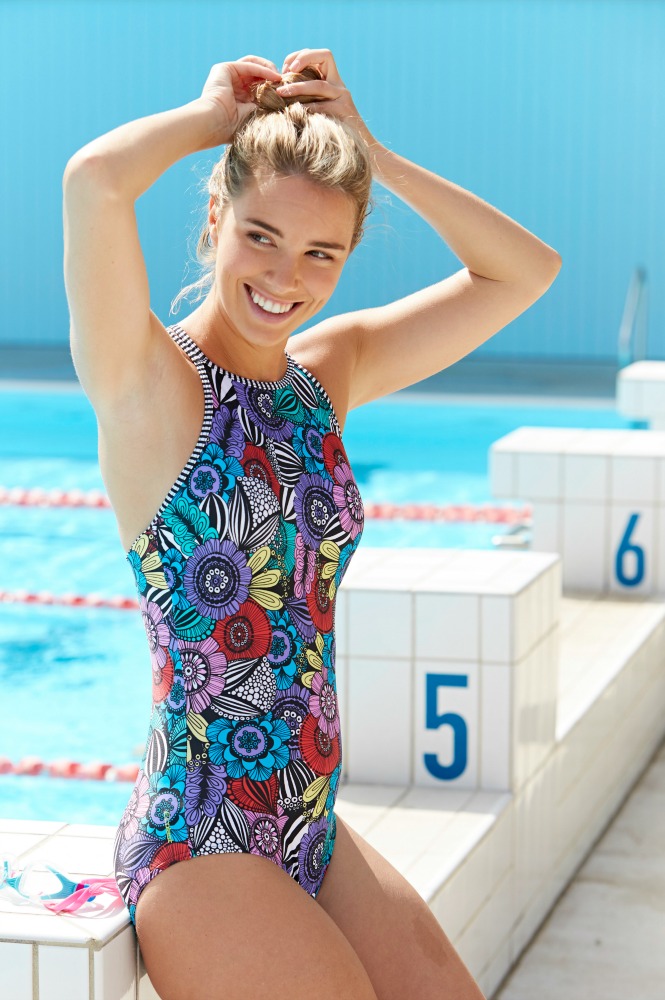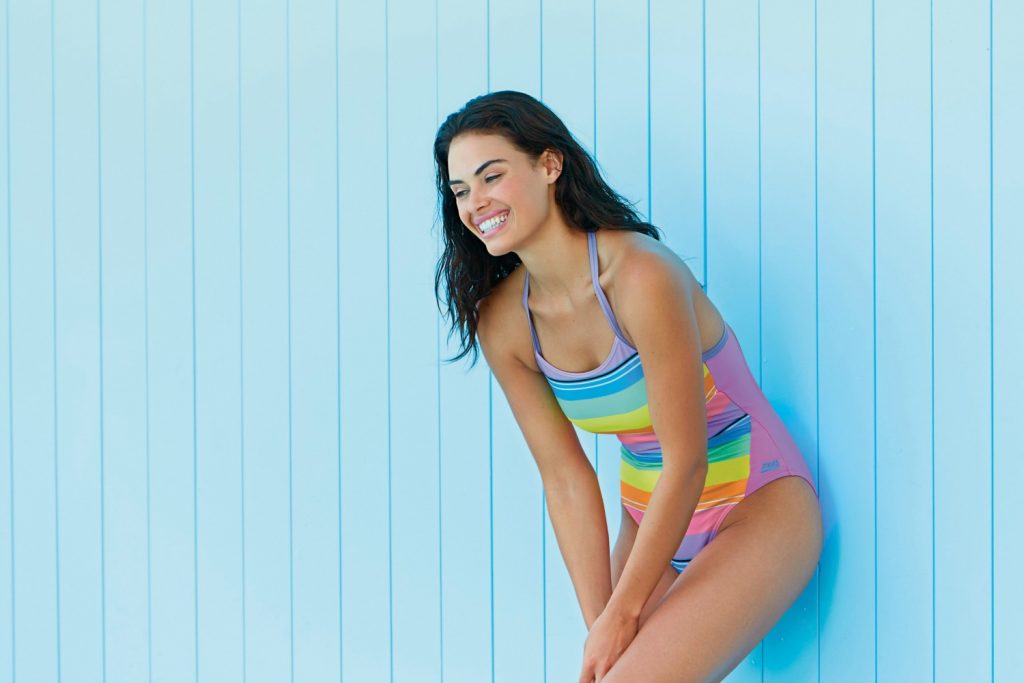A very rare event took place in our house last night. I got to watch the Great British Sewing Bee live. So unheard of that I struggled to know what time it was actually on. Let alone what channel it was. (9pm, BBC2 in case you’re as ignorant as I am about live TV these days!) Normally I manage to pick it up on iPlayer the following day whilst feeding Tube Stop Baby.
Last night’s episode is worthy of further discussion though.
The theme was recycling with it being tagged as Reduce, Reuse and Recycle week. Normally there is a weekly transformation challenge when something is plucked from a “charity shop” for them to repurpose into something else. This took it to a whole new level though. It also brought out a couple of key statistics from Patrick that made me gasp.
Firstly, the average person in the UK throws away 15kg of clothes every year. Let’s just think about that for a second. Has our disposable attitude to clothes really got to the stage when so much is being ditched? And is it all really clothes that have worn out, or is it just things that are no longer “in fashion”? And where are all these clothes going?
When talking about the history of more “disposable fashion” they talked about Biba and how in the 1960s people were ready for something different after the war years and rationing. I can understand how those that had lived through such austerity would celebrate no longer having to, but have we just gone too far now?
I really struggle with the idea of shopping (especially for clothes) as a hobby. I honestly can think of nothing worse. If I need new clothes I pop to the shops, go for exactly what I want, buy it and get out of there as quickly as possible. The idea of spending hours just browsing rails of clothes not looking for anything in particular brings me out in a cold sweat!
The fact that so many clothes now are priced so that people can buy them as an impulse purchase may well be part of the problem. If they can buy clothes on a whim, them do they just get rid of them on a whim too?
The second statistic that made me gasp was that 30% of the fabric that home sewers buy, ends up not being used. OK, I understand that depending on what you making and patterns on the fabric you are using, it might be the case that cutting out isn’t always as efficient as it should be. I suppose the question is, what happens to all that fabric?
I’m pretty sure that most sewers that I know would never dream of putting off cuts in the bin if they can be used for something else. A dear WI friend of mine Emma, runs her own dress-making business, specialising in fantastic reproduction dresses (Oh Sew Vintage – look her up, her dresses are amazing!) and as a result has a lot of off cuts. There is no way that they are all destined for landfill though. Instead Emma makes the most of every last bit. Some she passes on to other people, or into our WI crafting supplies, but many are reused into smaller projects. I’ve seen some used to make small purses or make-up bags. Some used to make things like rag rugs or even rag fairy light garlands (like I did at Wine and Wigwams a couple of years ago) which look gorgeous. There is absolutely no reason for them just to go in the bin.
Last night’s Sewing Bee was excellent at highlighting just how much waste there can be – both in terms of unwanted garments and also when sewing at home. It showed how home furnishing items can be reused to make clothes, but I still think it can go further. Not all of us are yet at the stage of being able to make a dress from an old duvet cover (as much as I want to learn to) but something like a rag garland or wreath or even a simple patchwork blanket is achievable.
What we now need to do is show people who aren’t at the Sewing Bee level of sewing skills what is possible. Give them ideas and instructions as to what they can make from scraps of fabric that might otherwise go in the bin. Make them think more about those items of clothing that they no longer want to wear, and try to see them in a new light.
At the end of the day the idea of 15kg of clothes and 30% of sewing fabric being wasted is just criminal!
My own first steps towards all this is going to be trying to actually finish the million and one sewing (and crochet and knitting!) projects that I have in an unfinished state. They include the cot bed quilt that I originally started for Little Miss C all those years ago. I’ve found all the fabric and even the old blog posts from 2010 that I was following to help me and I’m determined to get it finished before Tube Stop Baby moves into a full size cot. Watch this space!





